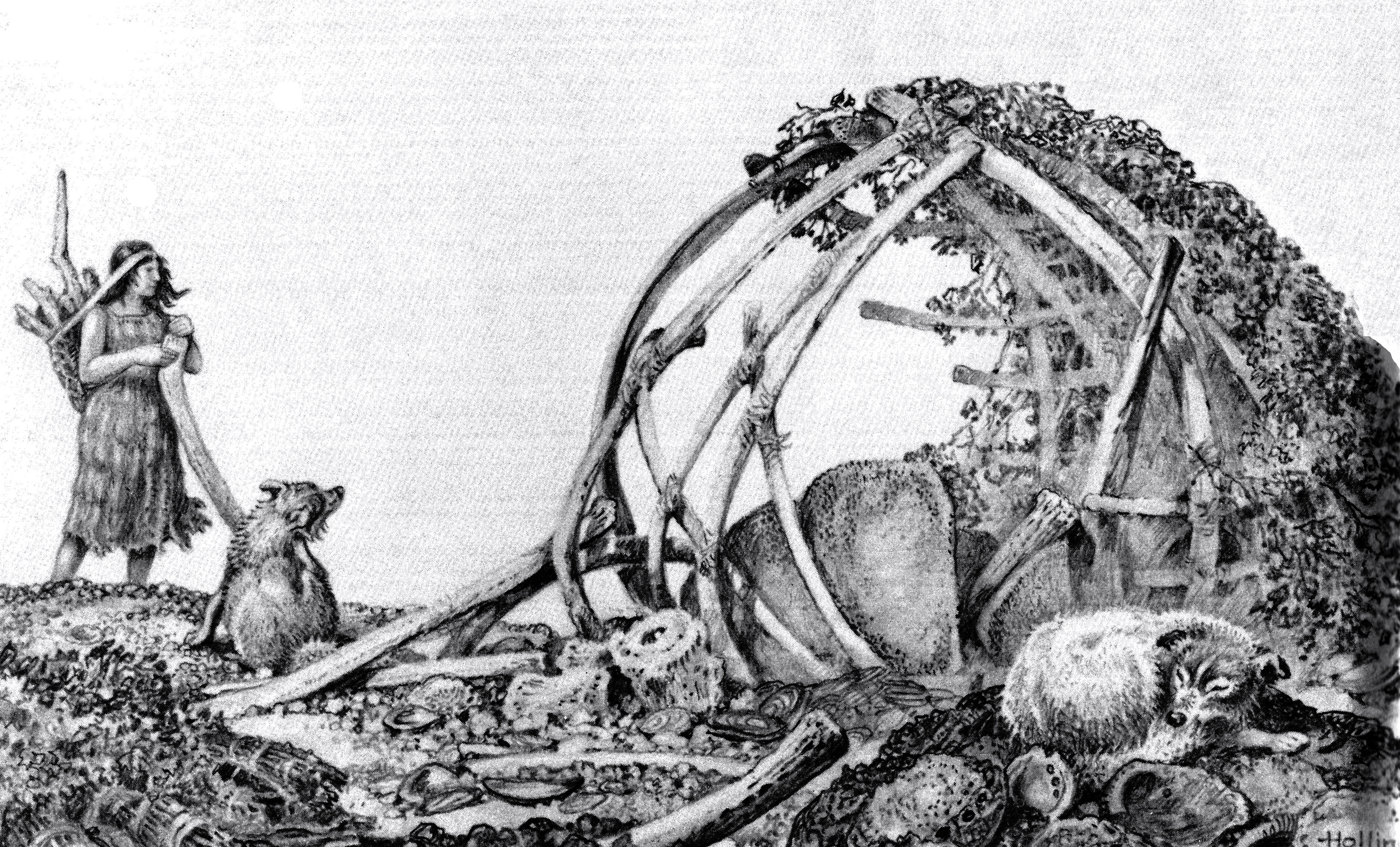Talk Reveals Lone Woman of San Nicolas May Not Have Been Alone
Research Locates Records of Contemporaneous Visits to the Island

In a talk on April 12, historical researcher Susan Morris will reveal why the Lone Woman of San Nicolas Island might not have been so alone. By researching ships logs and journals of the time, Morris determined the presence of otter and elephant seal hunters, smugglers, and even Chinese abalone harvesters on the island at the approximate same time. Juana Maria, as she was called after being brought to the mainland in 1853, had been left behind when the Nicoleños were removed from San Nicolas in 1835. But it was known that she was there, and various parties went to the island to search for her, said Morris, finding only footprints.
The Victorian age was fascinated by her lonely life, with speculative stories circulating that added such tales as her leaping from the departing boat to rejoin her brother on the island. Scott O’Dell’s Island of the Blue Dolphins, required reading for every California schoolchild, includes that story.
Morris has assembled bits of evidence, such as a newspaper report that described 1,000 abalone shells and 100 otter pelts offloaded at San Francisco by the Cora, to make her case. The Cora was Santa Barbaran George Nidever’s ship, which on that journey had first visited San Nicolas and then dropped Juana Maria at Santa Barbara. Records such as these are secondary sources, Morris explained, but the presence of Chinese pottery shards of a similar historical timeline indicate an abalone-gathering group was on the island for a time when Juana Maria was taken to the mainland. Once there, however, she died after seven weeks.
Another account, in the East Coast newspaper Boston Atlas of 1847, describes about a dozen landings at San Nicolas Island. During one, sailors encountered a woman and detained her against her will. She ran away and hid in the grass.
Scraps of information like this, said Morris, “just start you thinking” and will fascinate listeners. Morris’s talk on potential contacts with Juana Maria on San Nicolas takes place at the Channel Islands National Park Visitor Center in Ventura (1901 Spinnaker Dr.) at 7 p.m. It can also be viewed at the Channel Islands Live website.
With Steve Schwartz, the archaeologist who discovered Juana Maria’s cave home on San Nicolas, and John Johnson, the Santa Barbara Museum of Natural History’s resident Chumash expert, Morris has developed a related talk, this time about contemporaneous Chumash and Gabrieleño accounts of Juana Maria’s story. The talk will first be heard at an Archaeological Society private event in May. The museum plans to host Morris in the fall at a time to be determined.
Editor’s Note: The original version of this story inferred the Archaeological Society talk was open to the public, but it is not. Information on the talk in the fall will be provided as it becomes available.



